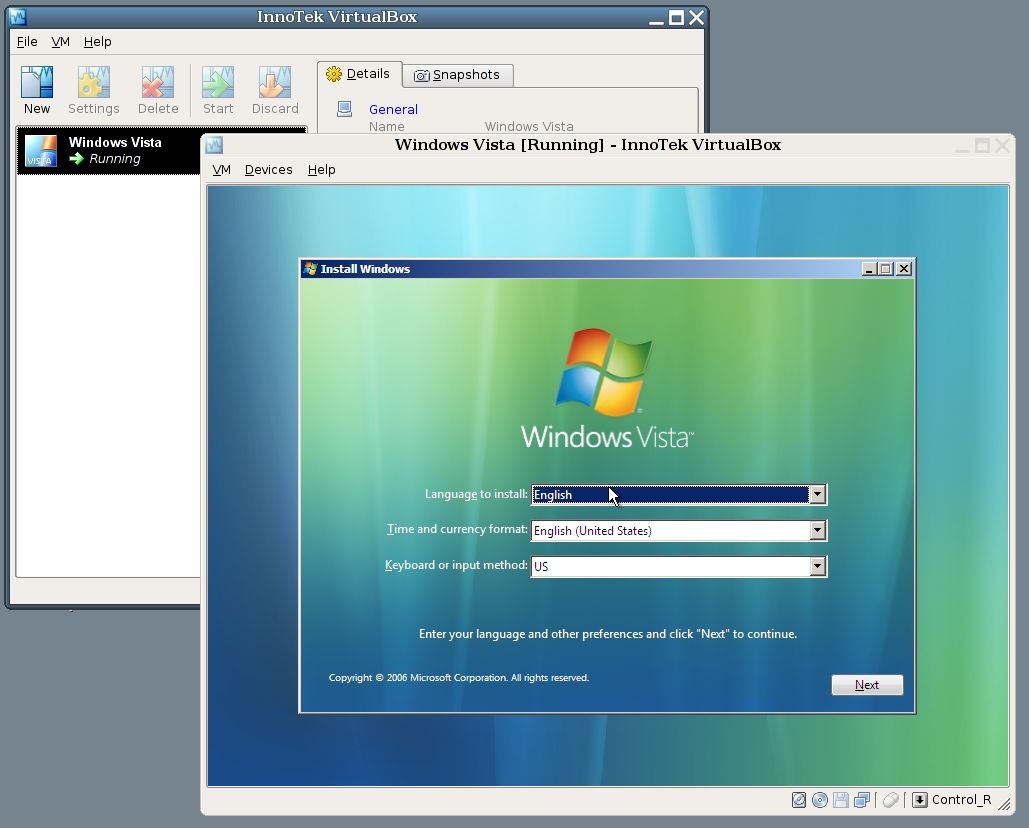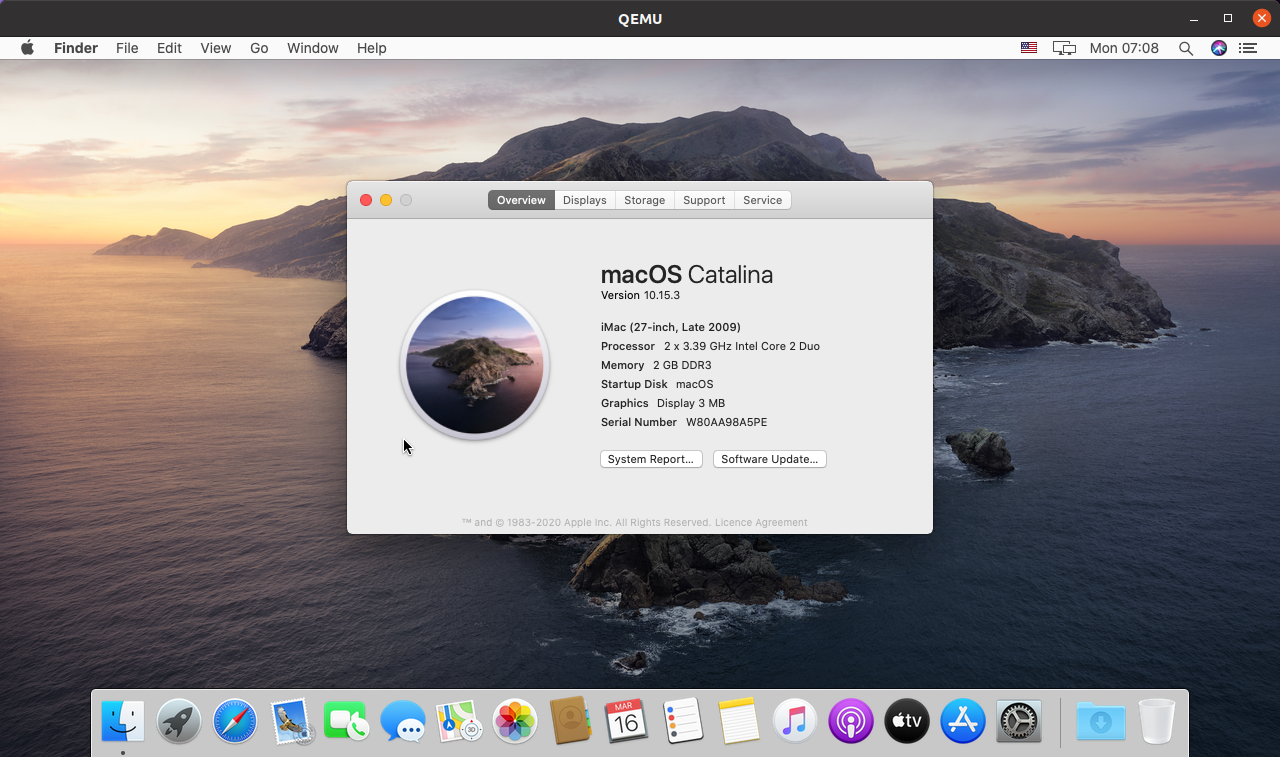


We've picked the most interesting, lightweight Linux versions for you to install. Once you're ready it's time to choose a Linux distro to run in your virtual machine. With a virtual machine, any other operating system can be installed on top. You could be using macOS, Windows, or even a different Linux distro as your desktop operating system, it doesn't matter. Check our VirtualBox user guide for full details on using this amazing software. I was actually thinking about something like this, since Im already running proxmox on my R510 server at home. This is, of course, a summary of the actions. Your best bet would be to run a more powerful headless Linux-based system with something like Unraid or Proxmox, and run two virtual machines side by side: a MacOS guest, and a Windows guest. Multipass should handle the configuration and let you easily create/maintain a virtual machine on Apple M1.

Unified cross-platform experience with Windows, Linux, mac OS (Intel/AMD and ARM platform) support. Select your chosen Linux installation image In other words, you can run a software in the VM directly from your host OS seamlessly.Configure the VM's CPU, storage, and RAM.Select the virtual machine type and version.Enter the name of the OS you're installing.There's also Qtemu, a version of QEMU with a mouse driven user interface rather than forcing command line interaction.īut getting started with virtualization is simplest with VirtualBox. What Should You Use to Run Your Linux VM?īut first, how will you run your Linux virtual machine? Several VM applications are available, such as VMware and QEMU.


 0 kommentar(er)
0 kommentar(er)
